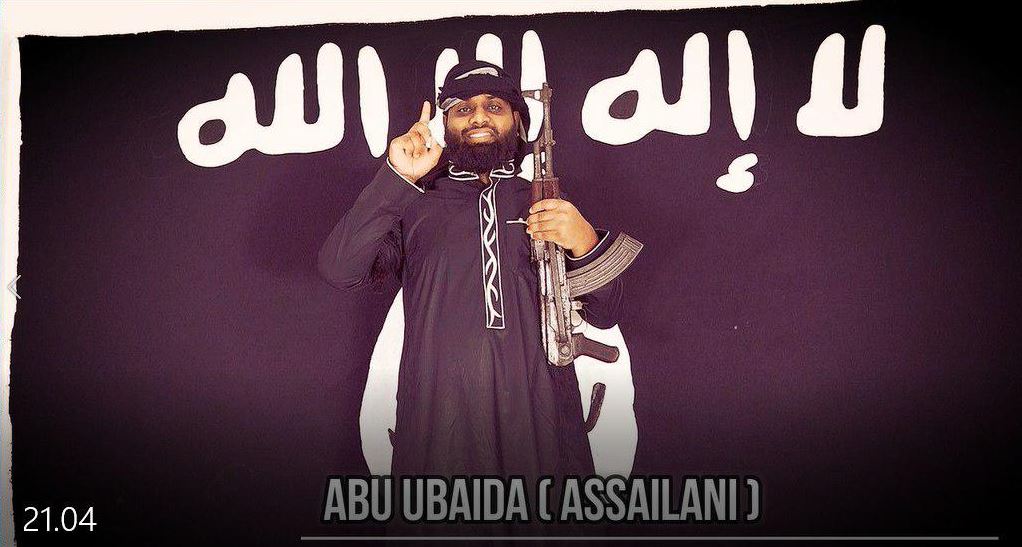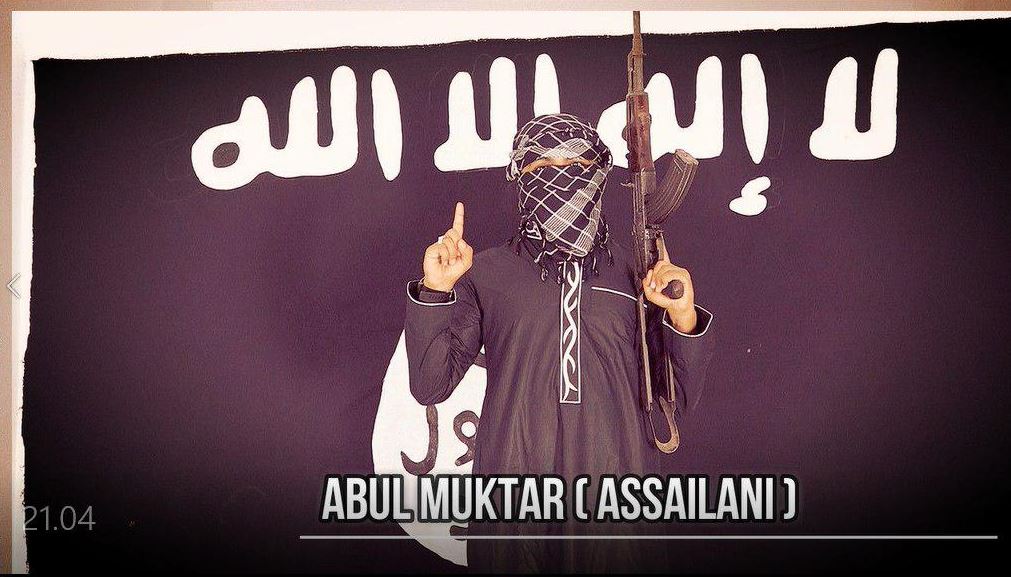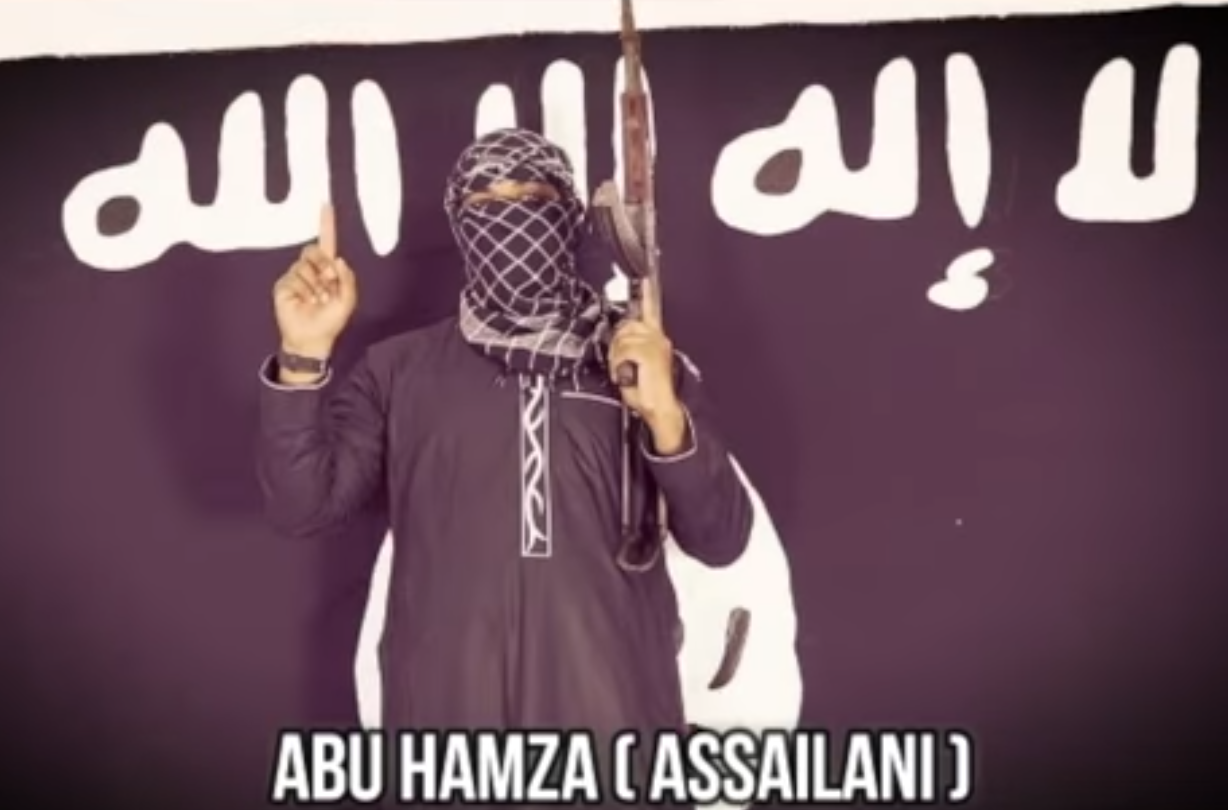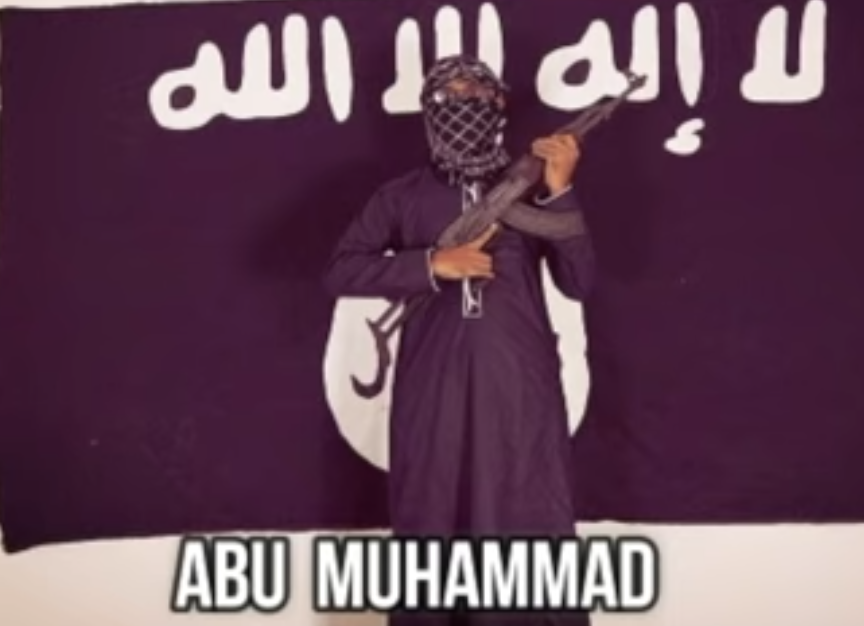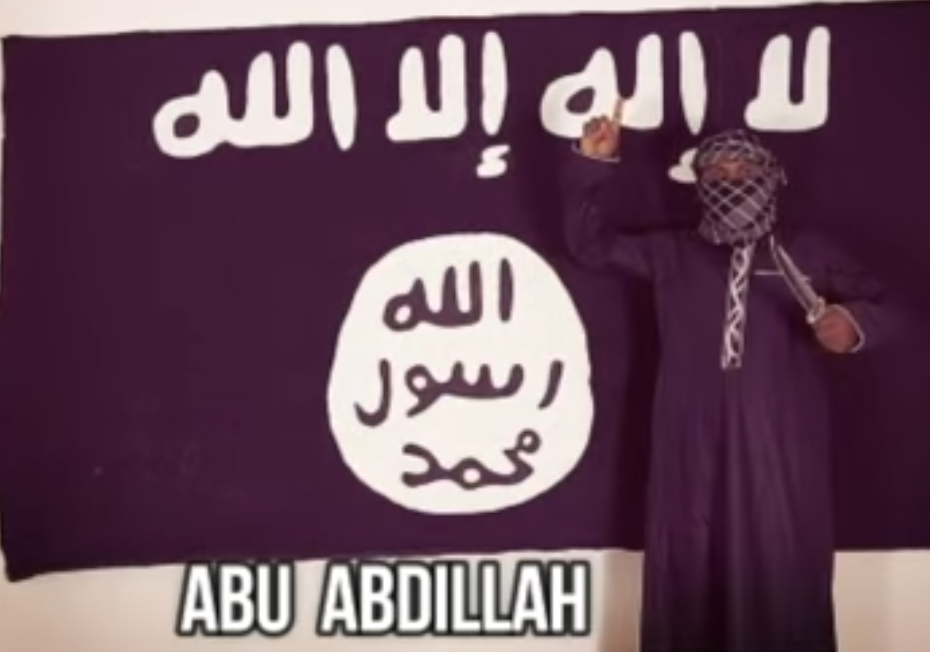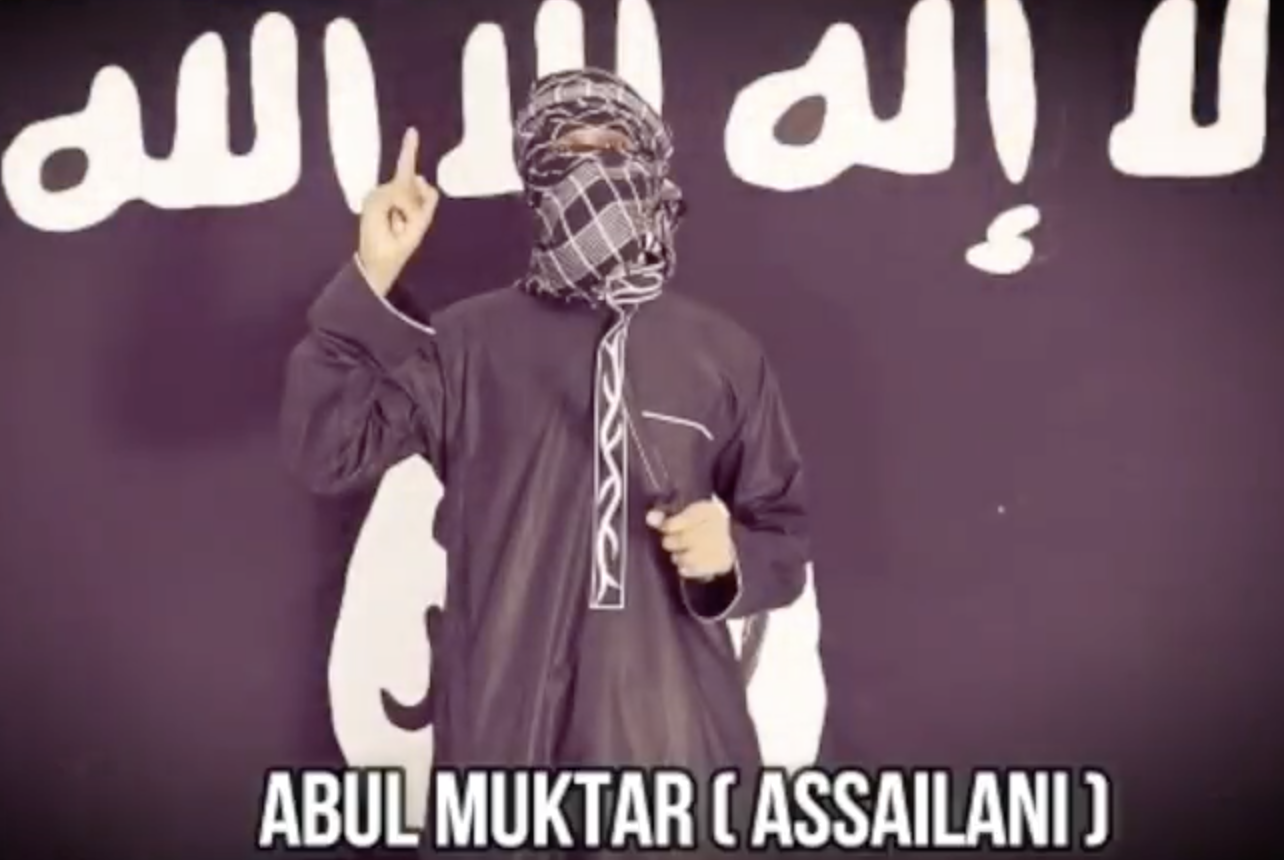This post has since been updated with the latest information at the bottom.
—
In light of yesterday’s horrific attacks in Sri Lanka, similar to my recent post on the DRC, I thought I’d add some information to better help understand connective tissues to what occurred. While there is not much history of Sri Lankan involvement in global jihadism, there have been some small connections. To stay up to date on the latest, I would first recommend following Amarnath Amarasingam on Twitter, not only for his incisive thread on this, but also because he is best placed speak on the topic as a researcher and with a personal connection.
It is quite possible that if this does end up become something Islamic State-related we might be seeing a new tactic to garner more media attention: attacking locales with foreign fighter networks, yet do not have robust security and counterterrorism measures. Making the chance of spectacular attacks more possible since it is easier to pull off than countries that have histories of dealing with terrorism of this nature. There are even reports that the police chief was warned about the attacks ahead of time yet not much was done to prevent it due to internal political squabbles. Based on my above analysis regarding the post-territorial control IS, I will start a new ‘backgrounder’ series on Jihadology, similar to the Attack and Plot Dossier, but this will be for when something occurs in a locale that does not have much history of jihadi activity and everyone is attempting to gain a better grasp on the situation.
If anyone wants to add anything to the following dossier let me know and I will post it so there is a fuller picture. From oldest to most recent.
—
August 21, 2014:
The Rise of Ideological Jihadists – OPEN Magazine
November 21, 2014:
The Maldives-Syria Connection: Jihad in Paradise? – The Jamestown Foundation
May 15, 2015:
Wanted: Western Professionals To Join The Islamic State (ISIS)
July 19, 2015:
Abu Shuraih Seylani (Sharfaz Nilam Muhsin), from Sri Lanka, died from airstrike on July 12th. #LKA #Tamil #IS #Syria
July 21, 2015:
Sri Lanka probes first Lankan ISIS man after death
August 30, 2015:
Police probe case of couple who left for “war” with two kids – HaveeruOnline
December 2, 2015:
Islamic State’s Sri Lankan Outreach – The Jamestown Foundation
January 4, 2016:
36 Sri Lankans gone to Syria; some to join ISIS: Def. Secy. – Dailymirror
April 1, 2016:
Facebook and Twitter facilitated ISIS recruits moving to Syria: leaked data – Zaman Alwsl
May 13, 2016:
Malaysia deports three foreign suspected militants – Reuters
July 25, 2016:
Looking for God’s own country – The Indian Express
August 27, 2016:
Al Qaeda goes local, uses Tamil and Malayalam for recruitment in South India
November 18, 2016
Sri Lanka says 32 ‘elite’ Muslims have joined IS in Syria – Reuters
November 29, 2016:
How Isis recruiters found fertile ground in Kerala, India’s tourist gem – The Guardian
March 26, 2017:
Drone Strike Kills Planner of 2008 Islamabad Hotel Bombing, U.S
June 16, 2017:
Tech Savvy ISIS Chief Recruiter In India Named Global Terrorist By US
November 17, 2017:
AQIS goes vernacular with Tamil, Hindi, Bengali texts online – The Indian Express
April 21, 2018:
Where Countries Are Tinderboxes and Facebook Is a Match – The New York Times
September 26, 2018:
Life Sentence for Terrorism – Daily News
January 19, 2019:
Sri Lanka seize explosives from local Islamist radicals – Dhaka Tribune
April 21, 2019:
Sri Lanka Blasts: Here’s What We Know So Far About the Decade’s Worst Terror Attack
Twitter thread on one of the potential bombers and a pro-IS support from Sri Lanka
Sri Lanka attacks: More than 200 killed as churches and hotels targeted – BBC News
Sri Lankans see hand of global jihadis in Easter Sunday atrocity – Financial Times
April 22, 2019:
7 suicide bombers from local terrorist group behind Sri Lanka blasts, investigator says – Daily Sabah
Sri Lanka bombings carried out by Islamist group National Thowheed Jama’ath, minister says – The Independent
Sri Lanka attacks: ‘International network’ linked to bombings – BBC News
Sri Lanka Blames Radical Islamist Group for Easter Bombings – The New York Times
Sri Lanka’s bloody Easter puts spotlight on a new terror threat – The Washington Post
A Scholar of Extremism on How Religious Conflict Shapes Sri Lanka – The New Yorker
Sri Lanka Muslims Had Warned Officials About Group Behind Attack – Bloomberg
Sri Lankan Group Suspected of Easter Attacks Has Ties to Local Charity – Kharon
‘These Attacks Could Target Catholic Churches’: The Warning That Sri Lankan Officials Failed to Heed – The New York Times
April 23, 2019:
U.S., India Warned Sri Lanka Weeks Before Easter Terror Attacks – WSJ
Sri Lankan Official Says Bombings Are Retaliation For New Zealand Massacre – NPR



ISIS suspect gave advance warning of Sri Lanka bombings, source says – CNN
Sri Lanka Bombings: A Lesson in Radicalization for Asian Neighbors
Sri Lanka was warned of threat hours before suicide attacks – sources – Reuters
Asia Times – ‘Mother of Satan’ explosive used in Sri Lanka bombings
Asia Times – ‘IS-KP’ suspected of Sri Lanka involvement
April 24, 2019:
Sri Lanka blasts: Two Colombo suicide bombers identified as millionaire businessman’s sons, say intel sources – Firstpost
Sri Lanka suicide bomber studied in Australia, minister says – The Guardian
Sri Lanka deputy defense minister one of nine bombers was a woman – Reuters
Sri Lanka attack planned for ‘months’ – The Independent
Sri Lanka blasts: Fatima Ibrahim identified as one of the suicide bombers; wife of SL millionaire blew self up with unborn child – Firstpost
Sri Lanka told of extremist network months before blasts – sources – The Guardian
Islamic State video throws spotlight on suspected ringleader of Sri Lanka bombings – Reuters
Sri Lanka Calls Bombers ‘Well Educated’ and Warns of Ongoing Threat – The New York Times
Zahran Hashim: radical Islamist linked to Sri Lanka blasts
April 25, 2019:

The Sri Lanka Attacks and Islamic State Logic: A Look at al-Naba’ – Aymenn Jawad Al-Tamimi
Sri Lanka bombing suspects may still be on the run, police warn – CNN
Two Islamic State men linked to Sri Lanka Easter blasts – The Hindu
Sri Lankan Accused of Leading Attacks Preached Slaughter. Many Dismissed Him. – The New York Times
How a legal blind spot could have kept Sri Lanka from arresting returning ISIS members – The Washington Post
April 26, 2019:
Sri Lanka Bombings Put Focus on Islamist Preacher Long on the Radar – WSJ
Sri Lanka bombings ringleader died in hotel attack, president says – BBC News
Sri Lanka bombing: Terrorist Abdul Lathief Jameel Mohamed ‘radicalised in Australia’
Sri Lanka attacks: Australian police investigated bomber five years ago – The Times
‘Black sheep’ – The mastermind of Sri Lanka’s Easter Sunday bombs – Reuters
Sri Lanka raids prompt authorities to impose extended curfew – CNN
Sri Lanka gun battle with militants kills 15, U.S. pulls citizens out – Reuters
Security Officials Were ‘Stunned’ by the Sophistication of the Sri Lanka Attack
Kattankudy, the remote Sri Lankan enclave that produced the Easter bombing mastermind – The Washington Post
April 27, 2019:
The Western-educated bomber who botched Sri Lanka hotel attack – Reuters
The British connection: Jihadi John was mentor to Easter bombings ringleader Abdul Lathief Jameel Mohamed in Raqqa – The Times
Indian police uncovered an attack plot, but Sri Lanka didn’t act
Islamic State claims attack on east coast city of Sri Lanka – Reuters





